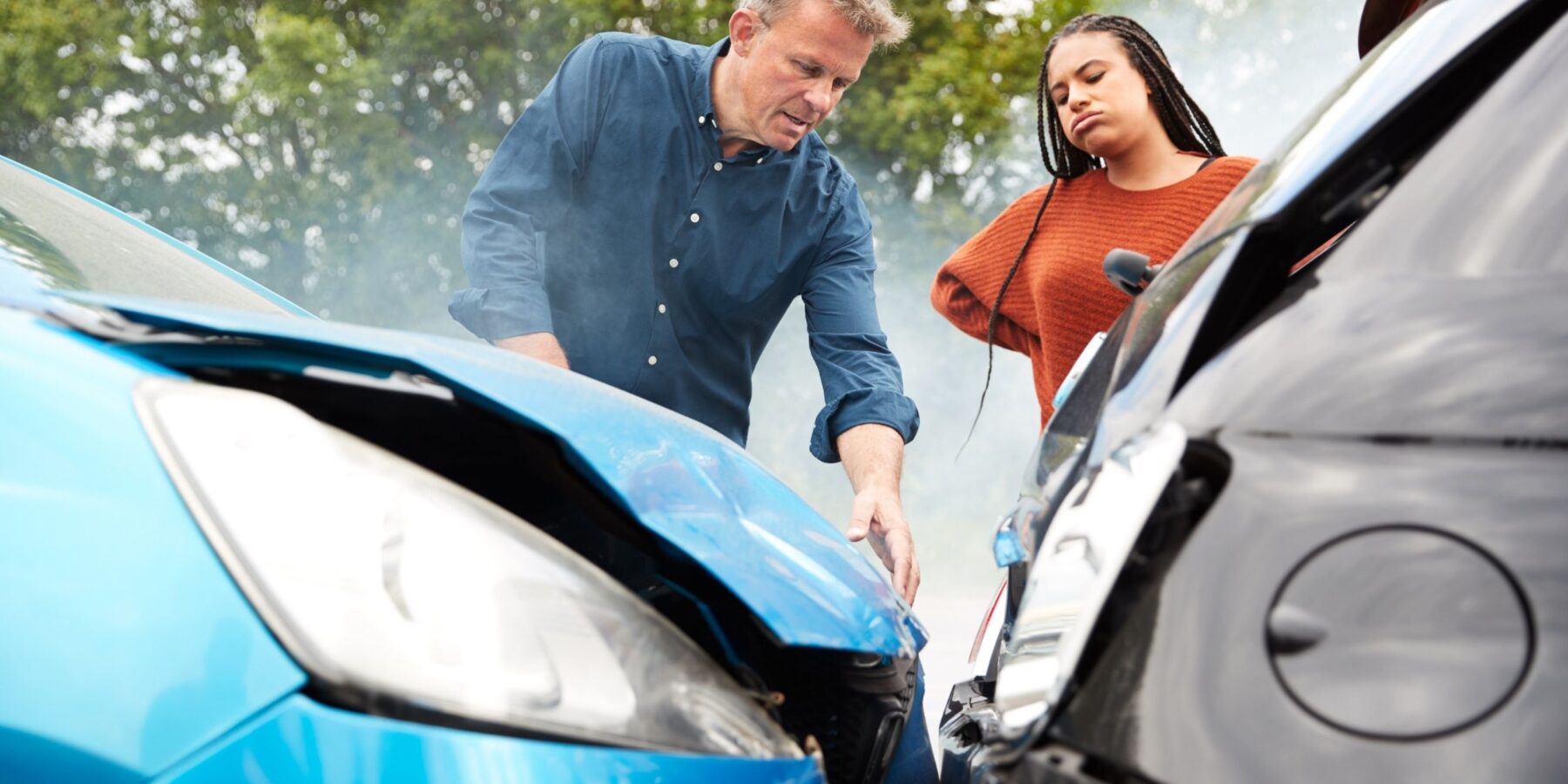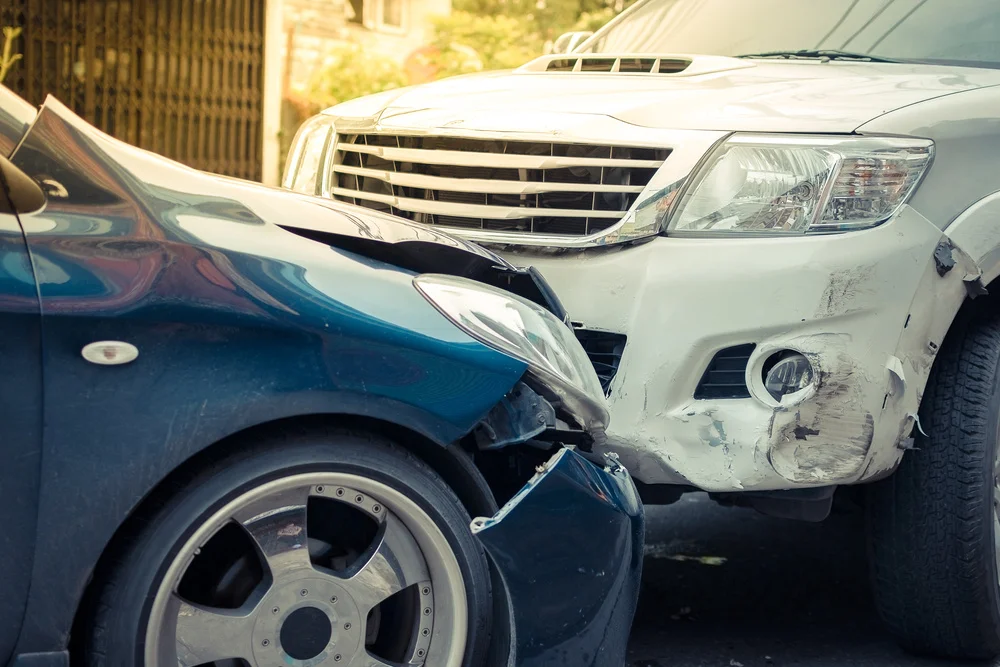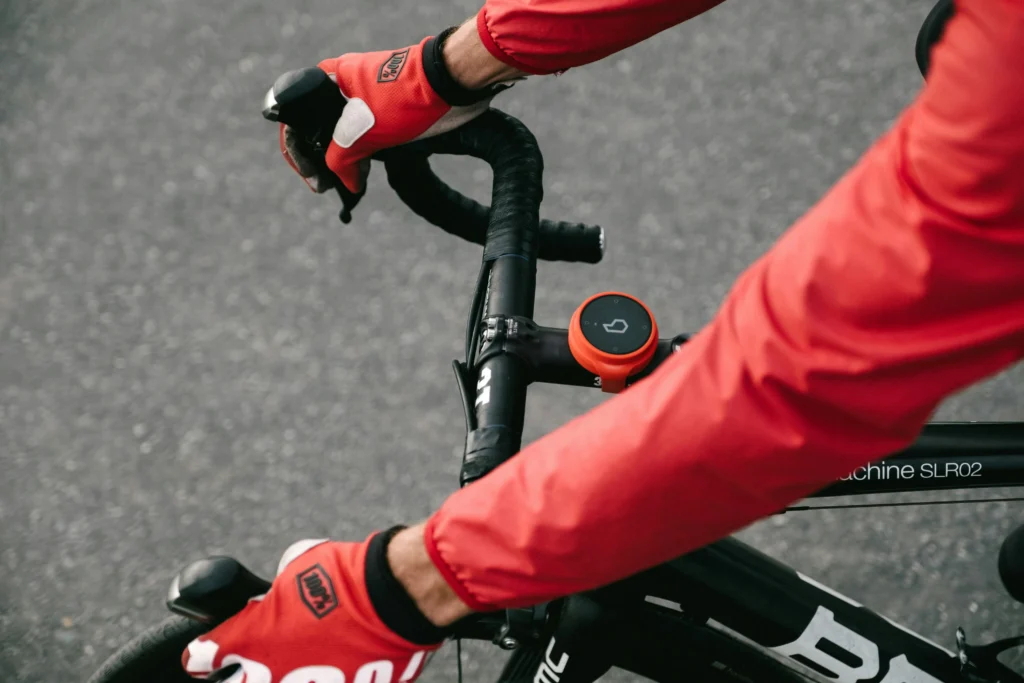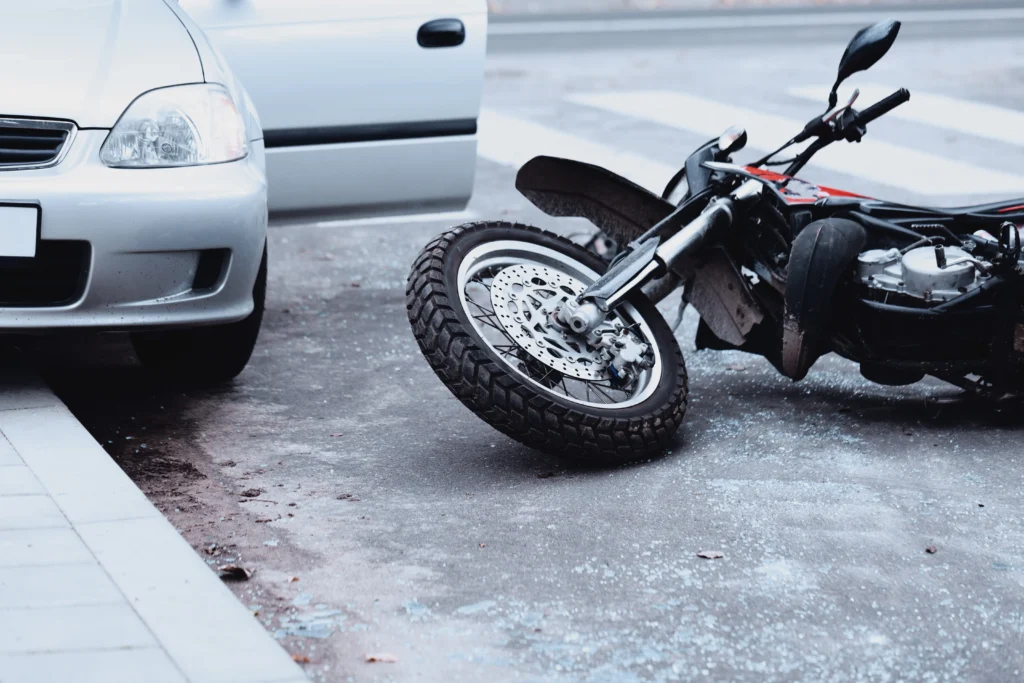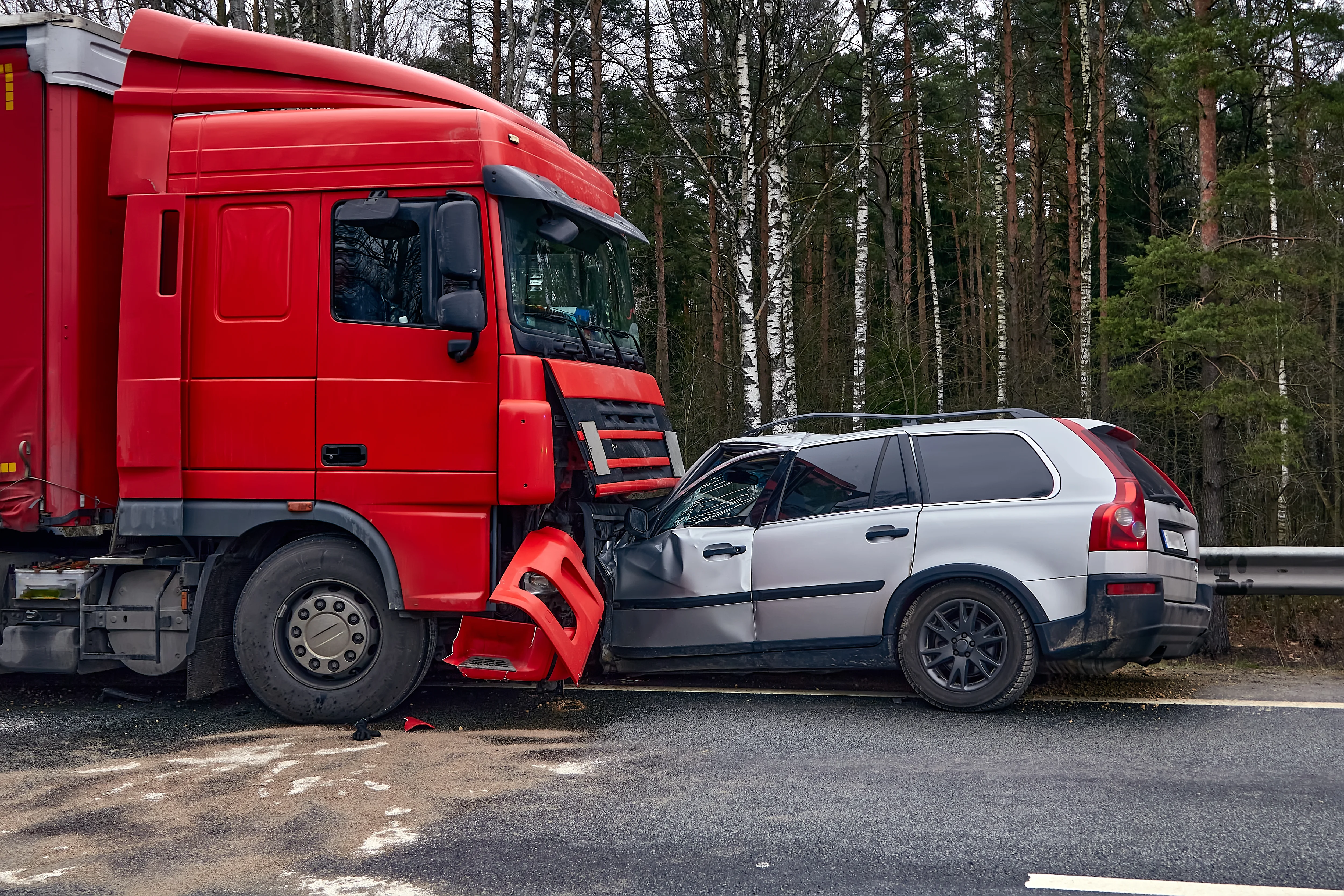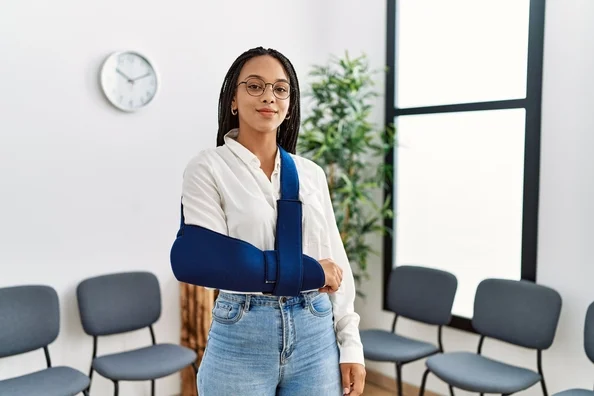Tacoma Rideshare Accident Attorneys Representing Uber and Lyft Crash Victims
Rideshare services like Uber and Lyft have become everyday transportation staples in Tacoma. But when a collision happens, the aftermath is anything but routine. Whether you’re injured as a passenger, struck by a rideshare driver, or driving for a platform yourself, these crashes raise urgent questions about fault, insurance coverage, and legal rights. The confusion surrounding who is liable and what kind of compensation is available can be overwhelming, especially when corporate insurance teams get involved.
In Washington, rideshare accident victims have a legal right to pursue compensation, but success requires a detailed understanding of how these cases differ from ordinary car crashes. Liability depends on multiple factors: Was the driver on the app? Were they en route to a passenger? Which insurance policy applies? These questions affect not only your medical bills but also your ability to recover lost wages, pain and suffering, and future care costs.
At Bernard Law Group, our attorneys help Tacoma residents navigate the complexities of Uber and Lyft-related crashes. We understand how to investigate app activity, negotiate with insurance companies, and pursue justice when corporations put profits over safety. If you or a loved one has been hurt in a Tacoma rideshare accident, don’t wait. Call us at (206) 752-2233 or visit our contact page to schedule a free consultation. There are no legal fees unless we win your case.
How Rideshare Insurance Works After a Tacoma Rideshare Accident
When an Uber or Lyft crash happens in Tacoma, the legal process that follows is anything but simple. Unlike standard car accidents, rideshare collisions involve multiple overlapping insurance policies, app-based status distinctions, and corporate liability shields that often confuse even experienced drivers and injured passengers. Determining which policy applies and whether the rideshare company is legally responsible requires in-depth knowledge of Washington’s transportation laws and how companies like Uber and Lyft structure their insurance tiers.
This section breaks down how insurance coverage works in Tacoma rideshare cases, what protections Washington law offers, and why victims need to act quickly to preserve evidence and assert their rights. Whether you’re a passenger, pedestrian, cyclist, or another driver affected by a rideshare crash, understanding these rules is essential to building a strong injury claim.
When the Driver Is Offline and Not Using the App
If a Tacoma rideshare driver causes an accident while the Uber or Lyft app is closed, they are treated as a private motorist under Washington law. In this scenario, their auto insurance is the only policy in play. Under RCW § 46.30.020, all Washington drivers must carry a minimum of $25,000 in bodily injury coverage per person and $50,000 per accident. But these minimums are rarely enough to cover serious injuries or long-term medical expenses.
The Washington State Office of the Insurance Commissioner provides a helpful overview of minimum liability requirements and how they apply to individual drivers. Unfortunately, most personal policies include exclusions for commercial activity, which means victims may find their claims denied if the insurer discovers the driver was moonlighting as a rideshare operator.
When the Driver Is Logged Into the App But Has Not Accepted a Ride
As soon as a rideshare driver logs into the app and starts waiting for a ride request, Uber and Lyft activate their contingency insurance coverage. This coverage applies only if the driver’s personal policy denies the claim. During this phase, the rideshare company typically provides up to $50,000 in bodily injury per person, $100,000 per accident, and $25,000 in property damage. These amounts fall far short of the $1 million policies that apply once a ride is in progress.
Uber’s official insurance summary and Lyft’s insurance overview detail how coverage varies depending on the driver’s status. However, these policies contain narrow trigger points. If app data shows that the driver wasn’t actively seeking rides at the moment of the crash, coverage may be denied.
In Tacoma, where traffic congestion is common along South 38th Street, Pacific Avenue, and near the Tacoma Dome, rideshare drivers often idle or reposition while waiting for their next ride. Victims hurt during these “gray zone” moments often struggle to recover compensation without a lawyer’s help to subpoena trip data and verify app activity.
When a Ride Has Been Accepted or a Passenger Is Onboard
Once a Tacoma Uber or Lyft driver accepts a ride or has a paying passenger in the vehicle, the most comprehensive insurance coverage becomes available. During this period, rideshare companies provide up to $1 million in third-party liability coverage, along with uninsured and underinsured motorist protection.
This coverage applies to:
- Passengers injured while riding in the vehicle
- Pedestrians struck by an active rideshare car
- Drivers and cyclists hit by a rideshare vehicle during an active ride
The National Association of Insurance Commissioners explains how these high-limit policies work and why they matter in serious injury cases. For Tacoma residents, this protection can be the difference between financial ruin and a full recovery. However, these claims must be supported by evidence showing the driver’s trip status at the time of the crash.
To verify trip details, attorneys often subpoena ride logs and GPS data directly from Uber or Lyft’s backend systems. These records are essential to proving that the million-dollar coverage was in effect. Without them, victims risk being pushed toward lower-tier settlements or denied coverage entirely.
What If Multiple People Are Injured?
When a rideshare accident in Tacoma injures multiple victims, the $1 million policy is shared across all claims. This becomes a major issue in multi-vehicle collisions or when several passengers are hurt in the same rideshare car. According to the Insurance Information Institute, this coverage cap means that severely injured victims may not receive full compensation if several parties file claims against the same policy.
Experienced personal injury lawyers often work with medical and economic experts to prioritize damages and present a strong argument for a higher payout within policy limits. In some cases, victims may also recover through their uninsured motorist coverage or additional defendants, such as third-party drivers.
How Washington Law Regulates Rideshare Insurance
Washington State has enacted specific laws to regulate rideshare services. Under RCW § 48.177, transportation network companies must provide insurance that covers drivers from the time they log into the app until the time the ride ends. The law requires these policies to meet minimum standards, but enforcement remains an issue, especially when accidents involve drivers who fail to report that they were working at the time of the crash.
Tacoma residents can view full insurance regulations and TNC compliance requirements on the Washington State Legislature’s website.
The Washington Utilities and Transportation Commission also offers regulatory guidance on rideshare operations and their legal responsibilities to passengers, pedestrians, and other motorists.
Why Insurance Disputes Are So Common After Tacoma Rideshare Accidents
Despite the presence of large commercial policies, rideshare accident victims in Tacoma frequently encounter obstacles when trying to collect fair compensation. Insurance adjusters often delay processing, request excessive documentation, or deny valid claims on technicalities related to driver status or vehicle use.
The Consumer Financial Protection Bureau warns that insurance companies often place profits above policyholder protections, especially in complex or high-dollar claims. This is particularly true in cases involving TNCs, where layers of insurance and shifting liability make it easy to deflect responsibility.
Rideshare Drivers Often Lack Hybrid Coverage
Many Uber and Lyft drivers in Tacoma rely solely on the company-provided coverage without purchasing additional hybrid or rideshare-specific personal policies. As the National Highway Traffic Safety Administration (NHTSA) notes, this leaves critical gaps during transitions between personal and commercial driving.
If an accident occurs in this coverage gap, both passengers and other motorists may struggle to recover full compensation. Understanding the nuances of these policies is essential for any rideshare accident case.
Why Tacoma Rideshare Accidents Happen
Rideshare accidents in Tacoma occur for many of the same reasons as other collisions, but they often involve additional layers of complexity due to app distractions, unfamiliar routes, and high driver turnover. Uber and Lyft drivers navigate a fast-paced and high-pressure environment where every minute counts, leading to decisions that prioritize speed and volume over safety.
Tacoma’s urban layout, with its congested intersections, pedestrian-heavy downtown zones, and inconsistent infrastructure, makes rideshare collisions all too common. Understanding the causes behind these crashes not only helps victims seek justice but also supports prevention and city-wide safety improvements.
Distracted Driving Caused by the Rideshare App
Rideshare platforms like Uber and Lyft require constant engagement from drivers. Drivers must accept rides, navigate GPS routes, respond to passenger texts, and monitor app-based earnings, all while operating a moving vehicle. This creates a uniquely dangerous form of digital distraction.
According to the National Highway Traffic Safety Administration, over 3,000 people died in the U.S. in 2022 due to distracted driving. Many of these incidents involved phone-related distractions similar to those used by rideshare drivers. In Tacoma, where rideshare activity is high near the Tacoma Mall and Ruston Way, even a momentary lapse in focus can cause life-altering injuries.
Tacoma’s Congested Corridors Amplify the Risk
Busy corridors such as Pacific Avenue, South 19th Street, and Puyallup Avenue funnel rideshare traffic through areas where foot traffic, cyclists, and public transportation all intersect. When drivers glance down to accept a ride or confirm directions, their attention diverts from crosswalks and traffic signals. This results in a surge of rear-end crashes, illegal turns, and pedestrian strikes.
The Washington Traffic Safety Commission has identified distracted driving as a major contributor to serious injury crashes across Pierce County. In Tacoma rideshare accidents, distracted operation is frequently one of the leading causes cited in police reports and personal injury claims.
Unsafe Pickups and Drop-offs Near Intersections
Unlike taxis, rideshare drivers are not trained or regulated in how to perform safe passenger pickups. Uber and Lyft allow passengers to pin their locations anywhere, even in zones that prohibit stopping. This leads to abrupt roadside stops, unsafe U-turns, and illegal parking maneuvers, especially in downtown Tacoma or outside The Tacoma Dome during events.
The Federal Highway Administration warns that curbside pickups in congested zones can create ripple effects, triggering rear-end collisions, blocked crosswalks, and sudden swerving. These hazards are magnified when drivers are unfamiliar with the area or are relying on incomplete GPS instructions.
Hazardous Stops Near Transit Centers and Schools
Tacoma rideshare crashes often occur near the Tacoma Dome Station, the University of Washington Tacoma, and other high-traffic locations where drivers pull over without regard to signage or visibility. Stopping too close to a corner can obscure the view of cross traffic and force passengers to step into active lanes.
The National Association of City Transportation Officials recommends designated pickup zones with protected curbs and signage, but these safety features are still lacking in many parts of Tacoma.
Speeding to Complete More Rides per Hour
The Uber and Lyft pay structure incentivizes speed. The faster a driver completes a ride, the more money they make. As a result, many rideshare drivers in Tacoma exceed posted limits, especially on fast-moving roads like State Route 509, Interstate 705, and Marine View Drive.
According to the Insurance Institute for Highway Safety, speeding increases both the likelihood of a crash and the severity of injuries involved. For pedestrians and cyclists, being struck by a vehicle traveling even 10 miles over the limit drastically reduces survival rates. In Tacoma rideshare cases, speeding is often a key factor in fatal or catastrophic collisions.
Nighttime Speeds Pose Added Dangers
Speed-related rideshare crashes frequently occur at night, when traffic is light but visibility is low. Tacoma’s nightlife areas, including Sixth Avenue and the Stadium District, attract both drivers and pedestrians during late hours. Rideshare operators trying to complete back-to-back fares may take curves too quickly or fail to slow down near marked crossings, creating deadly conditions for foot traffic.
The Federal Motor Carrier Safety Administration has published multiple studies linking high-speed driving with commercial vehicle collisions. Although rideshare vehicles are not classified as commercial under federal rules, their operational behavior closely mirrors that of for-hire carriers.
Inexperienced and Unfamiliar Drivers Create Navigation Risks
One of the biggest risks associated with Tacoma rideshare accidents is driver unfamiliarity. Unlike taxi operators, rideshare drivers are often part-time workers who may be new to the city, the platform, or the job itself. These drivers rely entirely on GPS systems, which are not always accurate or safe.
The Transportation Research Board has noted that navigation errors and last-minute lane changes are a common cause of urban collisions, especially when drivers are unfamiliar with merging patterns or road restrictions.
Frequent Lane Changes and Missed Turns
Missed turns are a frequent problem for Tacoma rideshare drivers unfamiliar with the area. When a turn is missed, drivers may make illegal U-turns, sudden stops, or unsafe lane changes to reroute themselves. This type of behavior is especially common along I-5 on-ramps, South 38th Street exits, and the complex interchange near Highway 16.
Tacoma’s unique mix of commercial, residential, and industrial streets can confuse even local drivers. When rideshare drivers depend too heavily on their apps, they may ignore signage, overlook detours, or make erratic decisions that place passengers and others in danger.
Who Is Liable After a Tacoma Rideshare Accident?
Determining who is liable in a Tacoma rideshare accident is one of the most challenging aspects of any personal injury case. Unlike traditional car crashes involving two private individuals, rideshare accidents introduce complex layers of responsibility, including independent contractors, app-based platforms, and multiple insurance carriers. Establishing fault requires an understanding of Washington’s negligence laws, the structure of rideshare employment, and how liability shifts depending on the driver’s status at the time of the crash.
Victims injured in Tacoma rideshare accidents must act quickly to protect their rights. The sooner the fault is identified, the faster compensation can be pursued for medical bills, lost income, pain and suffering, and long-term care.
Legal Responsibility in Washington Rideshare Collisions
Washington State follows a fault-based system for auto accidents. This means that the party who caused the crash is legally responsible for compensating victims. In a Tacoma rideshare case, that party may be the Uber or Lyft driver, another motorist, the rideshare company itself, or even a public entity if poor road conditions contributed to the collision.
According to the Washington State Bar Association, negligence must be proven by showing four elements: duty of care, breach of duty, causation, and damages. If the driver breached their duty by speeding, texting, or making an illegal turn, and that breach caused the crash, they can be held liable for the harm caused.
The Importance of Timely Evidence Collection
Liability can only be proven with strong evidence. Victims should gather photos of the crash, get witness contact information, and seek immediate medical treatment. In a Tacoma rideshare case, attorneys will often request app data from Uber or Lyft, obtain dashcam footage, and subpoena trip records to determine whether the driver was active on the platform at the moment of impact.
The National Institute of Justice highlights the importance of early evidence preservation in injury investigations, especially when corporate defendants are involved.
When the Rideshare Driver Is at Fault
If the Uber or Lyft driver caused the crash, liability typically falls on that individual. However, determining which insurance policy applies depends on the driver’s app status. If they were off-duty, their policy applies. If they were logged into the app or carrying a passenger, Uber or Lyft’s commercial policy may provide coverage up to $1 million.
The Insurance Information Institute explains how rideshare insurance tiers work and why knowing the driver’s status is critical in establishing liability.
Independent Contractor Status Shields the Parent Company
Rideshare companies like Uber and Lyft classify drivers as independent contractors rather than employees. This distinction is designed to shield the parent company from direct liability. However, under certain conditions, such as negligent hiring, failure to remove dangerous drivers, or misleading insurance policies, victims may still pursue claims against the rideshare corporation itself.
The U.S. Department of Labor provides ongoing updates on how gig economy classifications affect legal accountability, including under federal labor and safety laws.
When a Third Party Is Responsible
Not every Tacoma rideshare crash is caused by the rideshare driver. In many cases, another motorist is at fault. If a drunk driver, distracted driver, or commercial truck hits a rideshare vehicle, that third party may be held liable for injuries to passengers, pedestrians, or the rideshare driver themselves.
Under Washington’s comparative fault system, codified in RCW § 4.22.005, multiple parties can share responsibility. Each party is assigned a percentage of fault, and compensation is awarded accordingly.
Multi-Vehicle Collisions Complicate Liability
Tacoma’s highways and arterials, such as Interstate 5 and State Route 16, frequently see multi-vehicle crashes involving rideshare vehicles. In these situations, multiple drivers may be partially at fault, and victims may need to file claims with more than one insurance provider.
The Washington Traffic Safety Commission maintains annual collision data that attorneys use to support fault analyses in multi-car pileups involving Uber or Lyft.
Government Liability for Unsafe Road Conditions
In some Tacoma rideshare cases, the crash results not from driver error, but from dangerous road conditions such as broken traffic lights, missing signage, or poorly maintained streets. In such cases, the city of Tacoma, Pierce County, or the Washington State Department of Transportation may share liability.
The Washington State Office of Risk Management outlines the process for filing injury claims against public entities, which includes a mandatory 60-day notice period before legal action can be taken.
Claims Against the City Require Procedural Precision
Unlike private lawsuits, claims against government agencies require strict compliance with procedural rules. If the city failed to respond to prior complaints about unsafe intersections, such as those near Tacoma General Hospital or on Pacific Avenue, a lawsuit may be justified. Legal teams often obtain public records and city maintenance logs to prove prior knowledge of the hazard.
Talk to a Tacoma Rideshare Lawyer Who Knows How to Win
If you were injured in a Tacoma rideshare accident, you don’t have to take on insurance companies, corporate lawyers, and complex legal rules alone. Whether you were a passenger, pedestrian, cyclist, or another driver, your case deserves immediate attention and strategic action. At Bernard Law Group, we’ve spent decades helping accident victims across Washington stand up to powerful transportation networks and recover the compensation they deserve.
From identifying the correct insurance policy to preserving rideshare app data, our team knows how to investigate, build, and win rideshare injury claims in Tacoma. We understand what’s at stake, and we’ll fight to protect your rights at every turn. Don’t let Uber, Lyft, or a negligent driver delay your recovery or deny your future.
Call (206) 752-2233 today or visit our contact page to schedule your free, no-obligation consultation with a Tacoma rideshare accident lawyer. You pay nothing unless we win your case.
Practice Areas
Trust Us With Your Personal Injury Claim
If you or a loved one have been injured, Bernard Law Group will fight for you every step of the way. We will give our all to secure the compensation you rightfully deserve.
Contact usfor a free consultation.
Phone: (206) 312-3908
